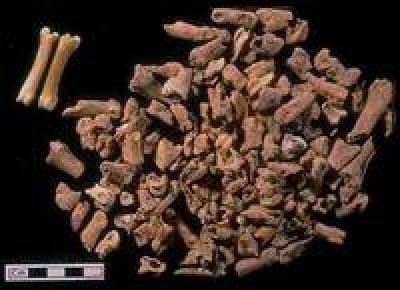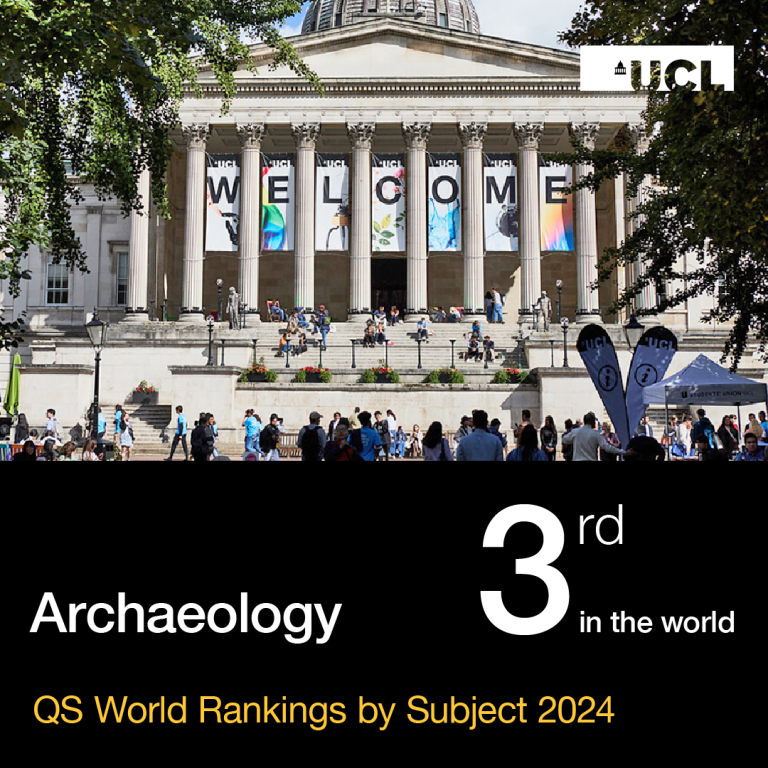This module considers the role of animals in past societies, and explores some major themes of human-animal interaction.

It aims to introduce students to major themes and methods of analysis in zooarchaeology and to teach the principles of animal bone identification and zooarchaeological method and to explore issues of interpretation.
Aims of the module
The aim of the module is to introduce students to the practical and analytical aspects of vertebrate zooarchaeology, to encourage discussion and critique of current approaches, and to explore how zooarchaeological data can be analysed and interpreted. The focus is on practical and laboratory experience, where students learn identification and observation skills for a selected range of Old World taxa. The module focuses on vertebrate remains, and students will become particularly familiar with issues and problems of mammalian zooarchaeology, with sessions on birds and fish also included.
Topics to be included in laboratory sessions include: identification methods, ageing and sexing animal remains (dental eruption and wear, epiphyseal fusion, sexual dimorphism), osteometrics, body part analysis, quantification methods, bone modification/taphonomy, small mammals, birds, fish, databases and recording systems, analysis and interpretation of data.
Objectives
On successful completion of this module, students will:
- Have an overview of current approaches to practical zooarchaeology;
- Be familiar with the principles and methods of identification for selected Eurasian vertebrate remains;
- Be familiar with observational and analytical approaches for assessing taphonomy and potential for assemblage analysis;
- Be familiar with statistical approaches to quantification of vertebrate archaeological assemblages;
- Be familiar with recording protocols and databases for zooarchaeological analysis;
- Be familiar with biometrical methods in zooarchaeology;Be familiar with body part analysis, and ageing and sexing methods in zooarchaeology;
- Have an understanding of interpretive potential of zooarchaeological data;
- Be familiar with good practice for reporting/publishing zooarchaeological assemblages.
Learning Outcomes
- Critical understanding of methods and approaches in practical and analytical zooarchaeology.
- Critical analysis of laboratory practice.
- Understanding of assessment of site formation/taphonomomic processes.
- Understanding of the production of zooarchaeological data.
- Understanding of the analysis of zooarchaeological data.
- Written and graphic presentation skills (report writing)
- Development of interpretative abilities.
Teaching Methods
Teaching consists of a 2 hour laboratory session per week, of which the first hour will be taught/guided, and the second hour will see students working through material independently.
Lab classes are in part taught - students are introduced to material and methods - and in part, students work through material independently (or in small groups), under guidance. The emphasis is on students learning not just identification methods, but also how to make observations, and to apply and critique analytical methods.
Module information
- Code: ARCL0125
- Credits: 15
- Coordinator: Louise Martin
- Prerequisite: Students with a background in archaeology, anthropology or the natural sciences will find this beneficial. For students taking the MSc Environmental Archaeology, the core module Resources & Subsistence (ARCL0128) serves as a prerequisite for this Zooarchaeology module, but students from other degrees can on occasion take Zooarchaeology as a stand-alone.
- Handbook: open»
For registered students
- Reading list: open»
Availability
- Running in 2023-24
 Close
Close


